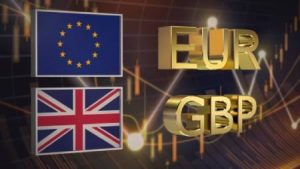The EUR/JPY currency pair continues its upward climb on Monday, exceeding 169.50. This rise is attributed to two main factors:
- Interest Rate Differential: The significant difference in interest rates between the Eurozone and Japan incentivizes investors. Higher Eurozone rates attract foreign capital inflows, strengthening the Euro relative to the Yen.
- Lack of Intervention by Japan: The absence of recent intervention by Japanese authorities to weaken the Euro and strengthen the Yen allows the EUR/JPY pair to appreciate freely.
Factors Supporting the Euro:
- Positive Eurozone Data: Recent Eurozone data, including a positive Q1 GDP and strong PMI figures, suggests a strengthening economy. This reduces the urgency for the ECB to cut interest rates, potentially bolstering the Euro.
- ECB Policy Stance: While a June rate cut by the ECB is anticipated, comments from policymakers like Schnabel and Kazaks hint at a gradual approach, with a possible delay in further cuts after June.
Factors Affecting the Yen:
- Weak Japanese Data: A string of weak economic data from Japan, including a GDP decline, lower-than-expected inflation, and sluggish wage growth, suggests a struggling economy. This reinforces the notion that the Bank of Japan will likely maintain its accommodative monetary policy, weakening the Yen.
- BoJ Policy Stance: The Bank of Japan’s decision to halt reductions in bond-buying operations, seen as a tightening measure, is interpreted as a shift towards a more dovish stance, potentially weakening the Yen.
Overall:
The EUR/JPY uptrend is likely driven by the contrasting economic situations and monetary policies of the Eurozone and Japan. The Euro’s strength is fueled by positive data and a potentially less aggressive rate-cutting approach from the ECB, while the Yen weakens due to Japan’s economic woes and the BoJ’s dovish stance.




